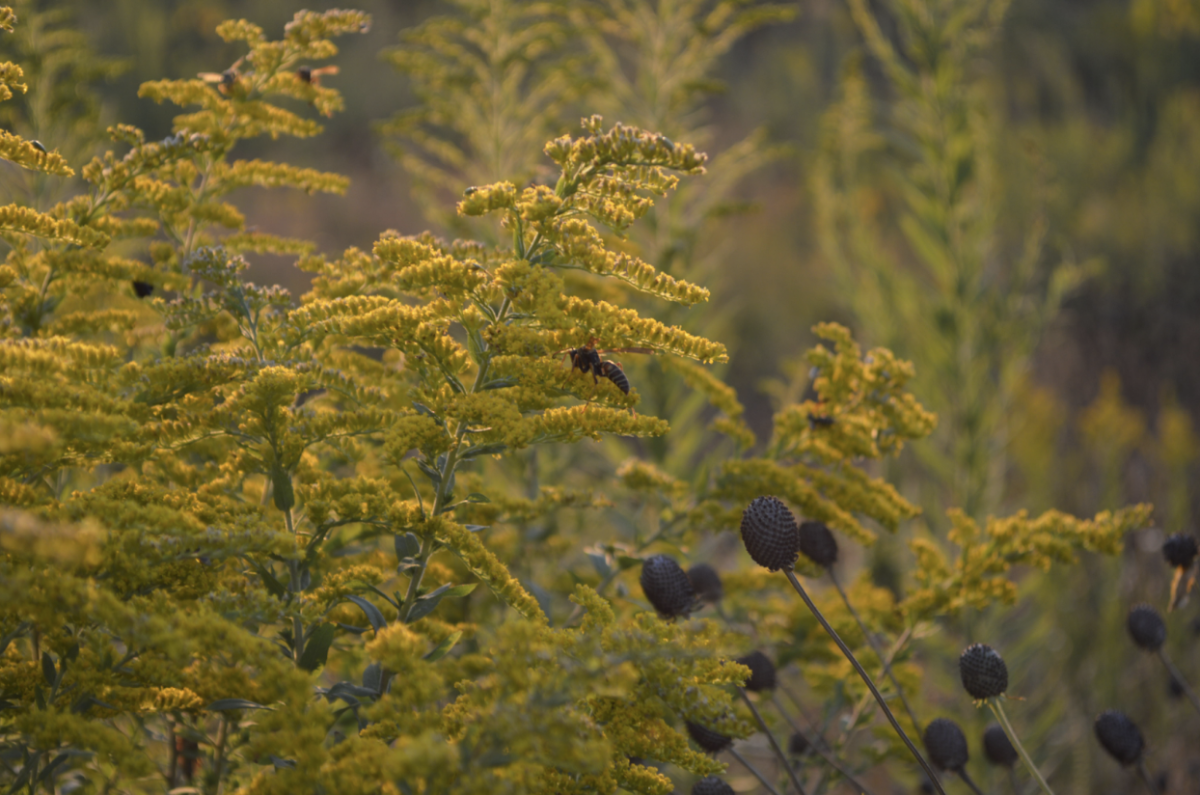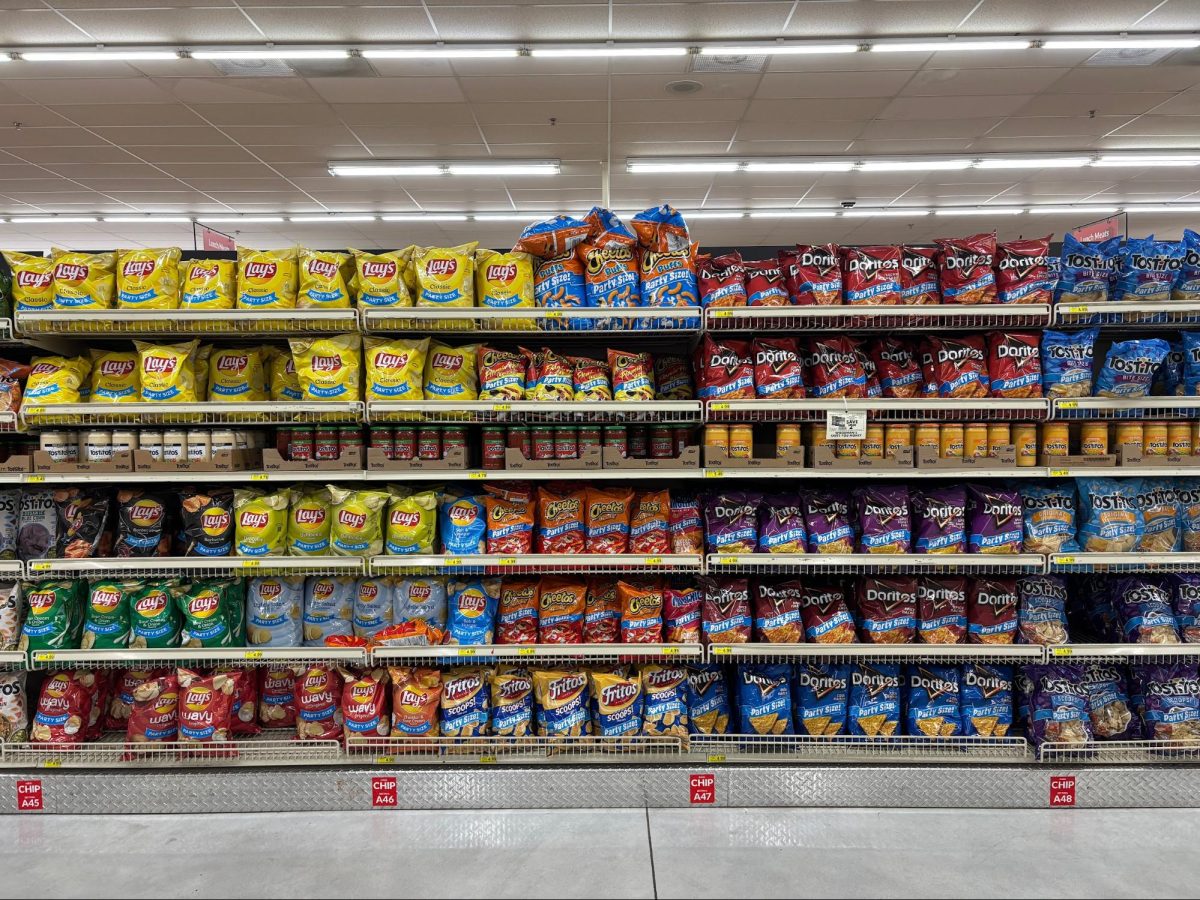The endangerment of bees increased significantly in 2017, specifically in North America and Europe, due to habitat loss, pesticide use and global warming, all created by human-caused factors. The same issue continues to threaten the future of both bees and humans.
For many years, society has not fully understood the future consequences of the endangering of bees. Many of the reasons for this issue are human-induced, making humans one of the only possible ways to save them.
It would be wrong to say that people are informed about the endangerment of bees. Most people are only aware of the common honeybees rather than the diversity of the larger species.
Many people claim to be aware of the topic, but the more significant occupations that deal with bees can argue the opposite.
“Our industrial food chain has focused on quantity and economics at the expense of protecting natural species and the symbiosis with nature that helped to create us in the first place,” beekeeper Nathan Schroll said. “I had no idea how many fruit species honeybees were responsible for pollinating when I started out, so most people just think of the honey bees produce.”
Due to climate change, habitat loss, parasites and pesticides, multiple different types of species of bees are endangered or near extinction. Wild bees are the most at risk, whereas honeybees are not as vulnerable because most honey bees are managed.
If bees were to go completely extinct, a dramatic decrease in the food supply would take effect, animals would die off quicker than ever, worldwide malnutrition would set in and lots of issues we did not think about before would later occur.
“Extinction of bees would basically mean extinction of humans,” horticulture teacher Cristian Hernandez said.
Bees account for 80% of plant survival and pollinate a third of the world’s crops, ensuring food security for people to eat.
Earth would not survive without bees because they are the essential pollinators, and without them, large crop failures would occur. Not only would humans become unable to survive, but other living organisms would die off as well.
Bees not only help living things survive, but they also affect the whole environment’s ecosystem.
“They are one of the main pollinators,” Hernandez said. “I mean, they not only help flowers bloom but also help with our food supply.”
Many food sources depend on bees to grow from pollination. They pollinate many fresh food items that humans need to live a healthy life.
“I’ve read that bees provide up to 30-40% more yield for crops they pollinate, and there are some species of food, such as almonds, that are only pollinated by a honey bee,” Schroll said. “This means that our Earth would not have almonds at all if there weren’t honey bees.”
Bees help to make more crops and increase their value. The world would be limited to different varieties of food that are normally provided from natural growth without them.
“In the future, I think [the extinction of bees] will limit the types of crops that we have and create food deserts where only certain things can grow,” biology teacher Jennifer Hoemann said.
Kaneville has numerous crop fields and locations of flowers. Each one of these areas relies on bees for pollination to survive and keep reproducing.
Kaneville would lose many plants without bees to pollinate them, which would most likely lead to a food desert. Thus, the community would rely on other areas to receive fresh food items.
“It could lower how much money is going into our pocket for selling the crops and would threaten a lot of farmers’ jobs in the area,” sophomore and local farmer Jaxson Martz said.














